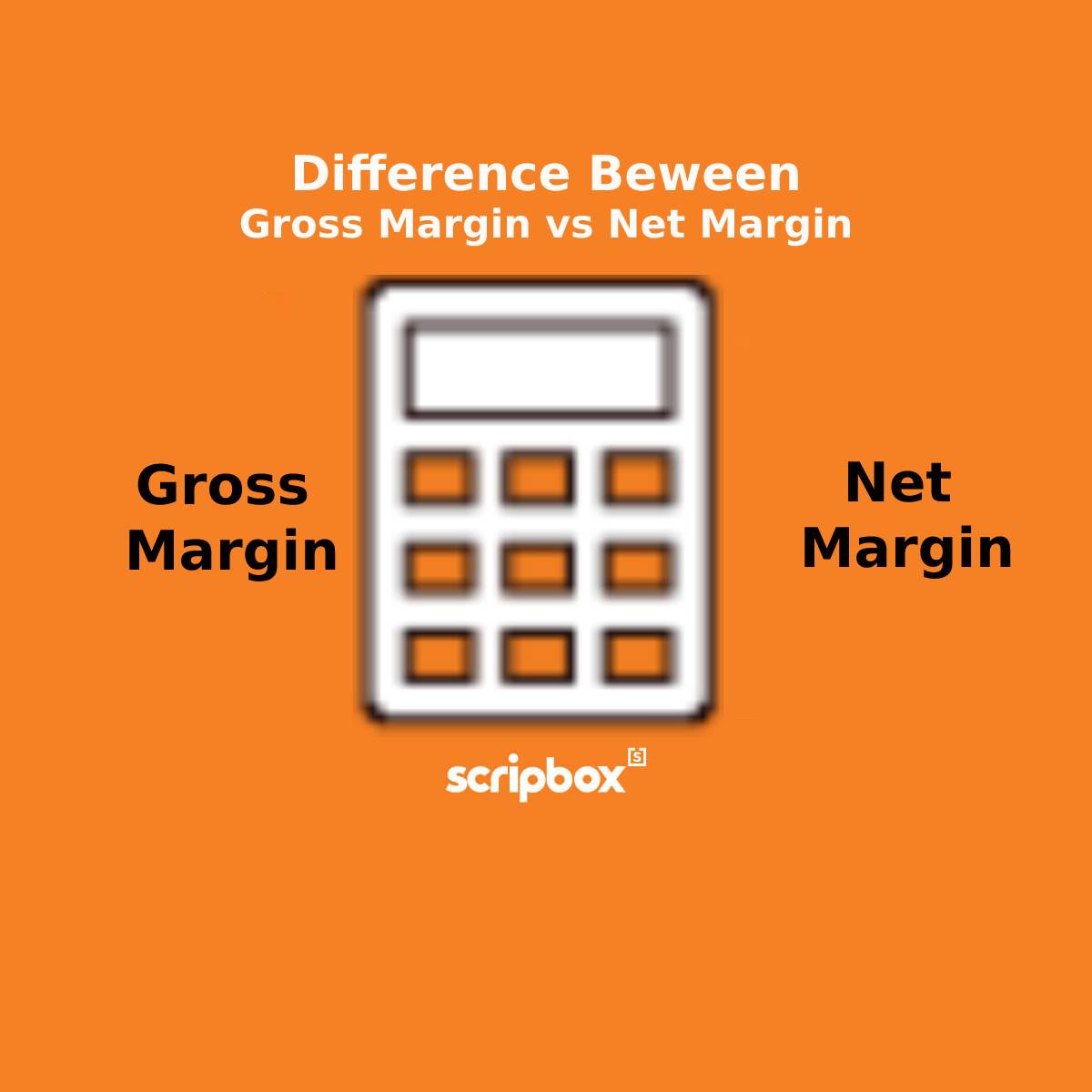Meaning of Mutual Fund Portfolio
A mutual fund is an investment vehicle that pools money from investors and invests in purchasing assets like equity, bonds, government securities and other securities. The mutual fund portfolio is designed to match its investment objective. Also, the fund house appoints a portfolio manager to manage the mutual fund portfolio.
There are several types of mutual funds available, but they are broadly categorised based on the assets they invest in. Also, they can further be classified based on investment option, structure and strategy. The three types of mutual funds categorised based on asset class are equity funds, debt funds and hybrid funds.
An investor can choose to invest in more than one mutual fund. They can invest in multiple funds of different categories. This helps to diversify their funds within different categories available under mutual funds.
When Does a Mutual Fund Portfolio Overlap Occur?
Mutual fund portfolio overlap occurs when you invest in two or more different schemes, but the underlying portfolio holdings are the same. You invest in different schemes to diversify your investment portfolio. However, the objective of diversification is lost when you invest in mutual funds with the same holdings, which makes you prone to market risk.
Now let’s look at how the portfolios of three top-ranked large-cap funds are overlapping. Here, we are listing out the top 10 holdings (as a percentage of assets) in the three large-cap funds.
| Canara Robeco Bluechip Equity Fund | SBI Bluechip Fund | ICICI Prudential Bluechip Fund |
| HDFC Bank Ltd. | HDFC Bank Ltd. | ICICI Bank Ltd. |
| ICICI Bank Ltd. | ICICI Bank Ltd. | Treps |
| Infosys Ltd. | Treps | Reliance Industries Ltd. |
| Reliance Industries Ltd. | ITC Ltd Shs Dematerialised | HDFC Bank Ltd. |
| Treps | Infosys Ltd. | Larsen & Toubro Ltd. |
| State Bank Of India | Larsen & Toubro Ltd. | Infosys Ltd. |
| Axis Bank Ltd | Reliance Industries Ltd. | Axis Bank Ltd. |
| Larsen & Toubro Ltd | Page Industries Ltd. | Bharti Airtel Ltd |
| Tata Consultancy Services Ltd Shs Dematerialised | Bajaj Finance Ltd. | Ultratech Cement Ltd |
| ITC Ltd Shs Dematerialised | Housing Development Finance Corp Ltd. | Maruti Suzuki India Ltd |
It’s evident that the top stocks (6 stocks) in these funds have significant overlap, highlighting the issue of portfolio overlap. Despite allocating your funds across these three schemes, your investment ultimately ends up in the same group of companies, which doesn’t provide enough diversification for your portfolio.
The diversification of mutual funds in your portfolio occurs when you invest across multiple asset classes. If one fund performs negatively, there is a possibility for another similar fund to deliver negative performance if portfolio overlap exists. Therefore, the overall loss in the portfolio will be magnified due to overlap.
What are the Effects of Mutual Fund Portfolio Overlap?
The following are the effects of mutual fund portfolio overlap:
- Non-Ideal Diversification: Too high overlap across portfolios may harm the diversification that an investor is after. Having too much exposure to the same stocks may not help in achieving the investment goals.
- Reduced Growth: High exposure to similar stocks reduced the potential to benefit from diversification. Any negative news around the stocks will impact your portfolio growth.
How to Avoid Mutual Fund Portfolio Overlap?
To avoid mutual fund portfolio overlap, you must invest in funds across different asset classes. Also, different websites help you evaluate if the selected funds are overlapping. It helps you compare portfolios of two mutual fund schemes. There are several mutual funds of the same category investing in similar stocks. Hence, there is a risk that your portfolio is not adequately diversified.
As an investor, you need to understand the different asset classes on how mutual funds are categorised. The following are the broad categories based on asset class –
Equity Funds
Equity funds are high-risk funds but also offer high returns to investors. The allocation of these funds is primarily into equity markets. They are further sub categorised as large-cap funds, mid-cap funds, small-cap funds, multi-cap funds, value funds, contra funds, sector/thematic funds, ELSS funds and so on.
Debt Funds
Debt funds invest their money in debt instruments to earn a fixed income. The instruments can be money market instruments, corporate bonds, t-bills, government bonds, etc. debt funds carry lower risk than equity funds and offer low returns. The debt funds are further sub categorised as liquid funds, short-term funds, duration funds, income funds, corporate bond funds, gilt funds and so on.
Balanced/Hybrid funds
Hybrid funds invest in both debt and equity securities. These funds maintain the allocation of equity and debt based on the fund objective. Hybrid funds carry lower risk than equity funds but are higher when compared to debt funds. These funds are further sub categorised as a balanced hybrid fund, conservative hybrid fund, aggressive hybrid fund, balanced advantage fund, equity savings fund, arbitrage fund and so on.
Apart from these mutual fund schemes, there are index funds, ETFs (Exchange Traded Funds), Gold Funds and Commodity Funds where investors can choose to invest, which can help them diversify their portfolio.
How to Reduce Mutual Fund Portfolio Overlap?
Following are some strategies that will help you reduce your mutual fund portfolio overlap:
- Analyse Your Holdings: Investing in too many funds may lead to high mutual fund overlap. To reduce the overlapping impact on your portfolio, you need to compare the investment holdings across all your mutual fund investments. Thus, identify overlapping investments.
- Shuffle Your Portfolio: After identifying overlapping investments, try to shuffle your holdings. Exit the schemes that have similar investing styles and objectives. Such schemes have a higher chance of investing across similar stocks.
- Exit Underperformers: While analysing your mutual fund holdings, you can segregate the underperformers and exit them. A prolonged underperformance in comparison to the benchmark and peers is a sign to exit the fund. However, it is essential to observe the performance for the long term rather than the short term.
Importance of Diversification in Mutual Funds
Diversification in the investment portfolio helps maximise returns and mitigate risk through exposure to different asset classes. However, diversification does not guarantee the prevention of loss. It helps in minimising losses. Diversification in mutual funds is essential in the long term. Also, it helps to protect the portfolio from the downside and keep market volatility under control. Furthermore, through diversification the entire portfolio is not impacted at once, even though one asset class performs below expectation.
Therefore, diversification can be across sectors, funds, asset classes, etc. it helps investors against mutual fund portfolio overlap. At the same time, knowing your financial goals and investment horizon is essential. However, you must study each mutual fund’s investment objective and underlying portfolio holdings. This helps to create a diversified portfolio by selecting funds based on financial goals.
How are Returns Affected by Mutual Fund Overlap?
A slight overlap across funds may not significantly affect your overall portfolio returns. However, if the overlap is high, then your portfolio may be exposed to company-specific risks. In such scenarios, unfavourable conditions may negatively impact the stock prices, and as a result, your portfolio performance may be affected as well. Thus, to avoid such impacts, you should carefully analyse the portfolio holdings before investing.
Diversification is healthy when done right. While over diversification will only result in over-exposure to the same assets and will reduce the overall portfolio returns.
Discover More
Frequently Asked Questions
The asset management company releases a monthly factsheet for all the funds. You can check the portfolio of stocks owned by the mutual fund scheme in the fact sheet.
Overlap must be as minimum as possible. A higher overlap of about 50% may compromise the diversification that you are after. Thus, keeping the overlap to a bare minimum will help you achieve significant growth.
Portfolio overlap means holding mutual fund schemes that invest across similar stocks and assets.
Avoiding investments in schemes that have similar investment objectives and strategies will help reduce the overlap.
- Meaning of Mutual Fund Portfolio
- When Does a Mutual Fund Portfolio Overlap Occur?
- What are the Effects of Mutual Fund Portfolio Overlap?
- How to Avoid Mutual Fund Portfolio Overlap?
- How to Reduce Mutual Fund Portfolio Overlap?
- Importance of Diversification in Mutual Funds
- How are Returns Affected by Mutual Fund Overlap?
- Frequently Asked Questions
- Confused if your portfolio is performing right enough to meet your goals?
- How long have you been investing in mutual funds?
- What is your current portfolio size?
- What is your approximate annual household income?
- Your profile does not qualify for a call with a Financial Expert.























Show comments